Salt = an ionic compound that contains a cation (positive ion of a base) and an anion (negative ion of an acid)
→ produced by the reaction of an acid with a base
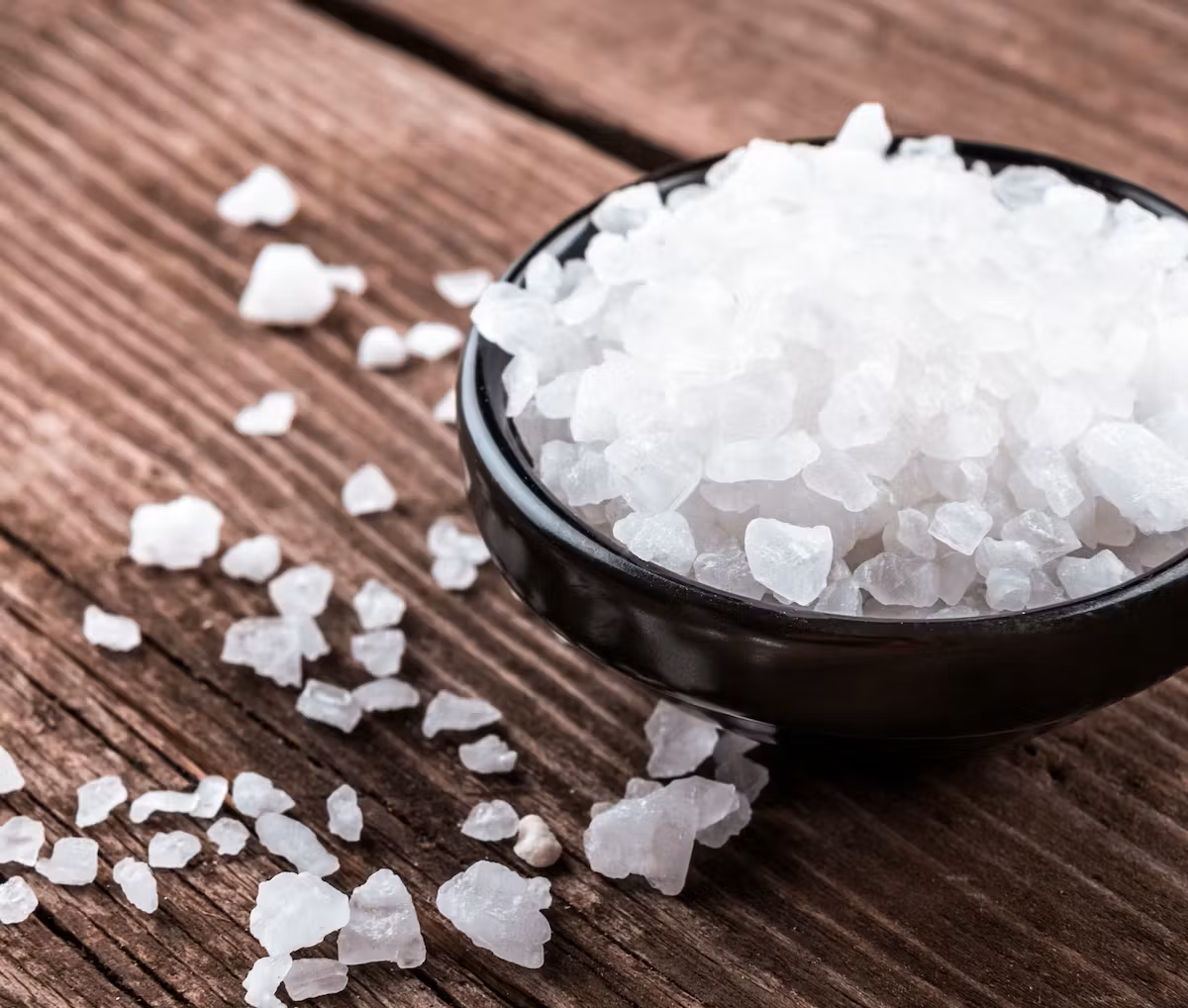

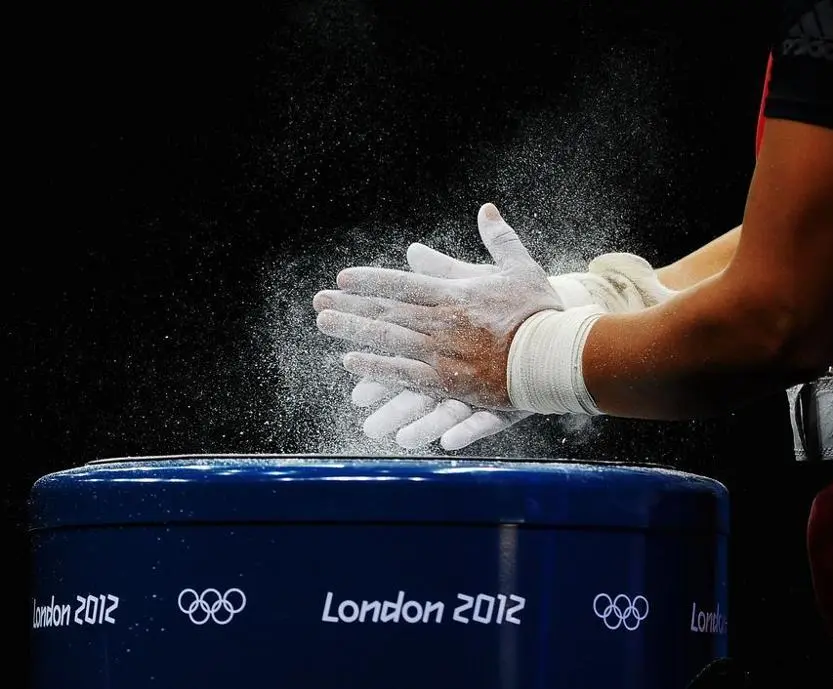

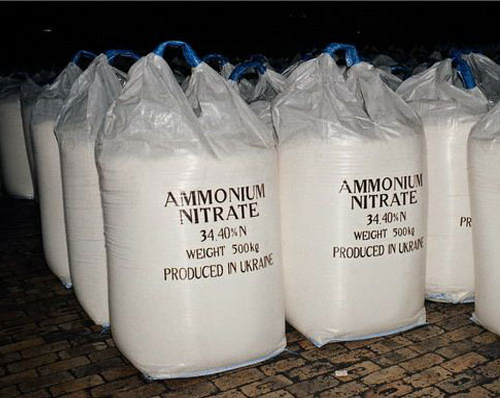

| Sodium Chloride | used to preserve food |
| Calcium Sulfate | blackboard chalk |
| Magnesium Carbonate | used to keep your hands dry in sports (so they won’t slip) |
| Aluminium Sulfate | added to dye to make them stick together |
| Ammonium Nitrate | fertiliser (help crops grow well) |
| Copper Sulfate | stop fungi growing on soya seeds |
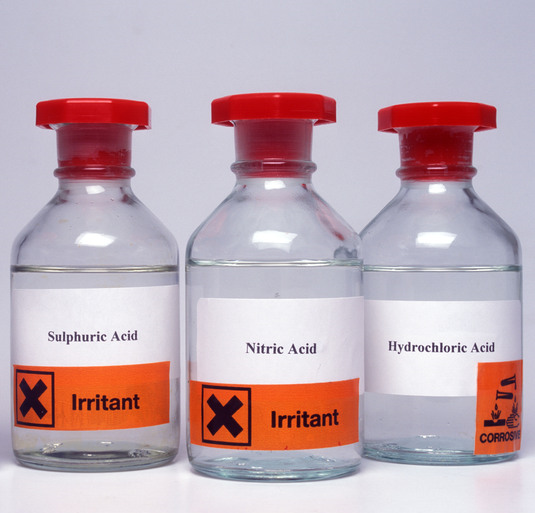
Many methods for making salts start with acid (all acids contain hydrogen)
Hydrochloric acid (HCl) → chlorides
Sulfuric acid (H2SO4) → sulfates
Nitric acid (HNO3) → nitrates
Carbonic acid (H2CO3) → carbonates
Citric acid (C6H8O7) → citrates
Method 1:
Metal + dilute acid → Salt + Hydrogen
Zn + H2SO4 → ZnSO4 + H2
Method 2:
Metal oxide + dilute acid → Salt + Water
CuO + H2SO4 → CuSO4 + H2O
Method 3:
Metal carbonates + dilute acid → Salt + Water + Carbon dioxide
CuCO3 + HCl → CuCl2 + H2O + C2O
Method 4:
Acid + Base → Salt + Water
Hcl + NaOH → NaCl + H2O
When we don’t know the concentration of something → use a titration method.
Titration = the process of determining the quantity of a substance A by adding measure increments of substance B, with which it reacts until chemical equivalence is achieved
Equipments needed for titration:
- Pipette (unknown concentration, known volume)
- Burette (known concentration, unknown volume)
- Conical flask
- Ring stand
Experiment
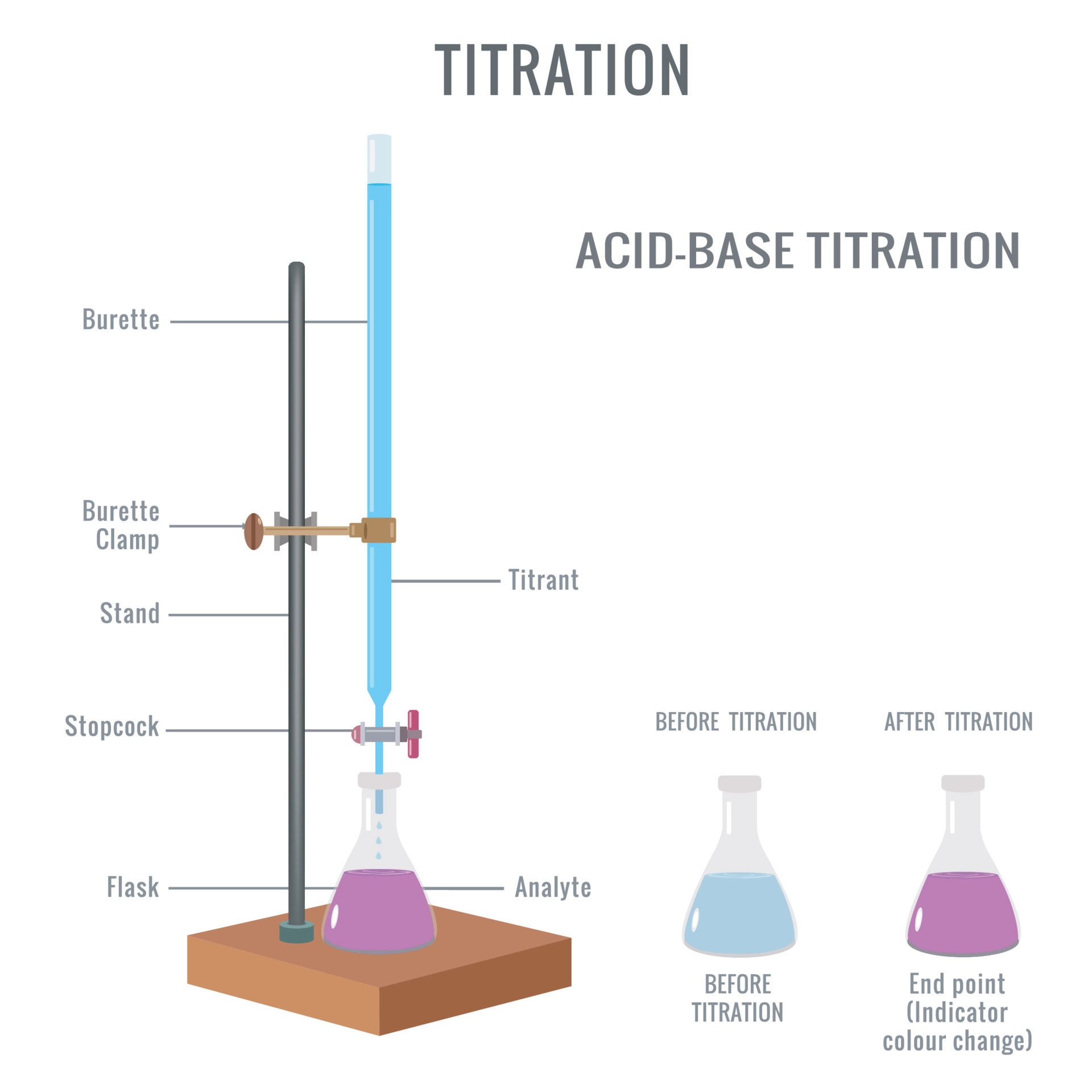
(1) Place some acid in a burette.
(2) Take an exact volume of alkali in a pipette and put it in a conical flask.
(3) Add a few drops of universal indicator into the flask. (the solution color would change to blue)
(4) Add the acid from the burette drop by drop slowly. Swirl the flask as you add the acid.
(5) Stop adding acid when you’ve produced a neutral solution. (the solution turns green)
(6) Add some activated charcoal powder to the green solution and mix it with a glass rod. (to decolorize the solution)
* activated charcoal powder → absorbs coloring matters from substances
(7) Filter the mixture.
(8) Pour the filtrate into an evaporating dish. Heat it gently.
(9) Stop heating when crystals start forming at the edges of the solution. Leave it for a few days to evaporate slowly and form crystals.
Indicators - show how acidic or alkaline a substance

(1) Universal Indicator
Strongly acidic → red (pH 1)
Weakly acidic → yellow (pH 4)
Neutral → green (pH 7)
Weakly alkaline → blue (pH 10)
Strongly alkaline → purple (pH 13)
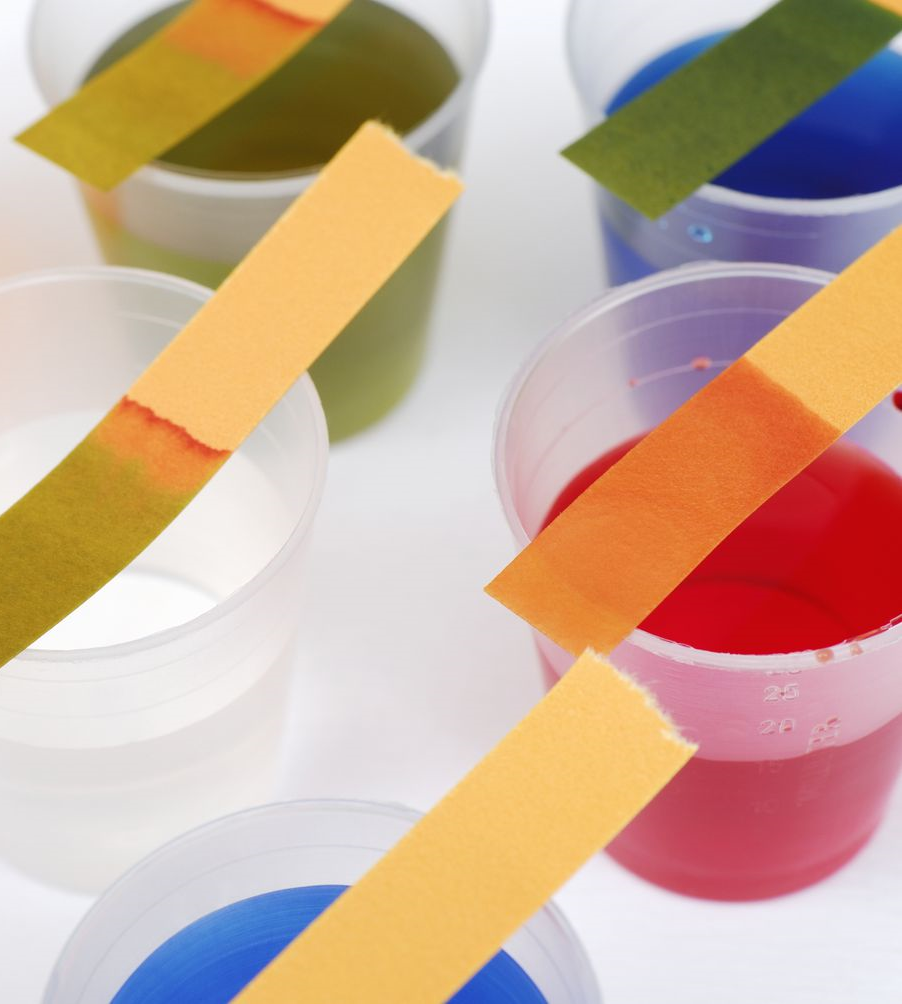
(2) Litmus
Acid → red
Neutral → purple
Alkaline → blue
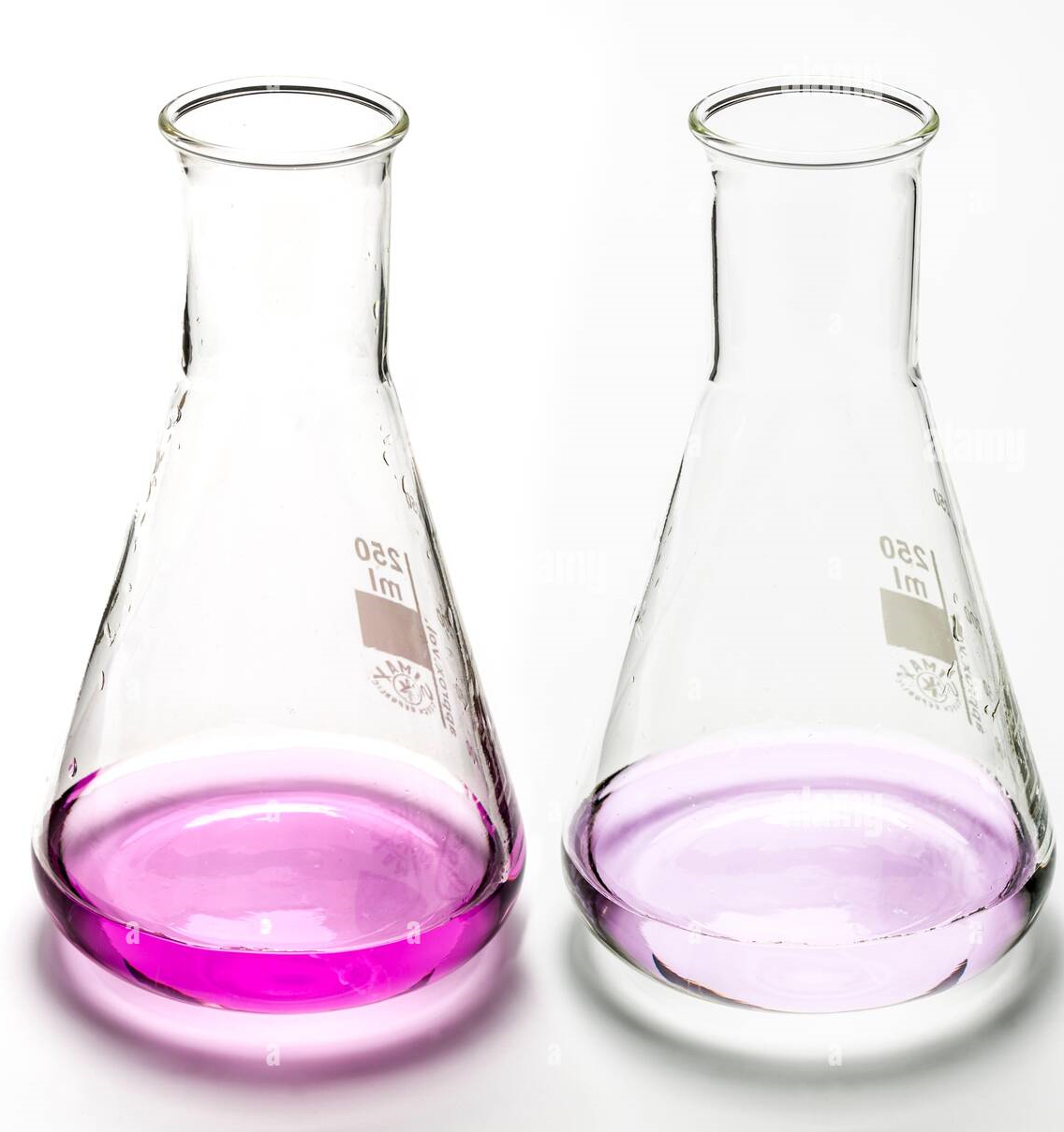
(3) Phenolphthalein
Acid → colorless
Neutral → colorless
Base → purple

(4) Methyl orange
Acid → red
Neutral → yellow
Alkali → yellow